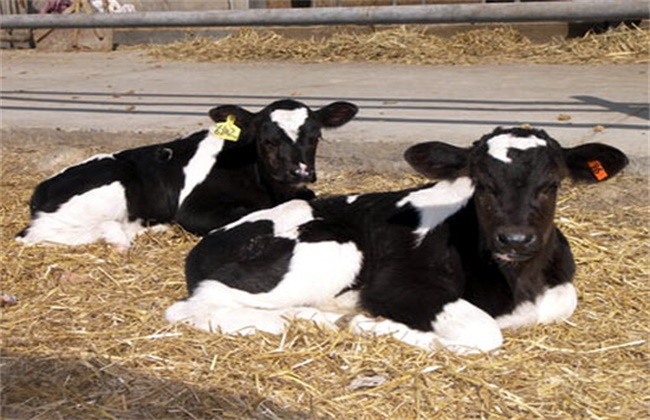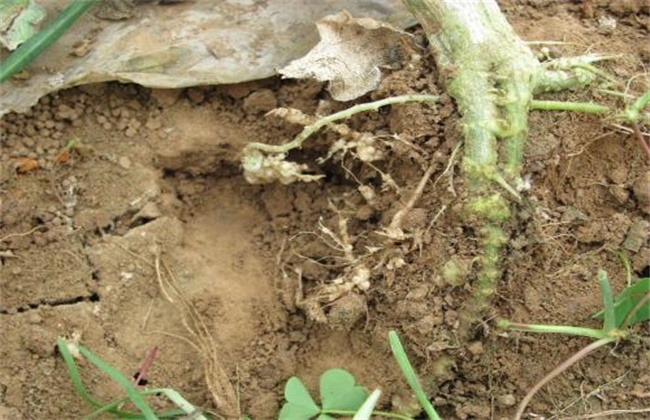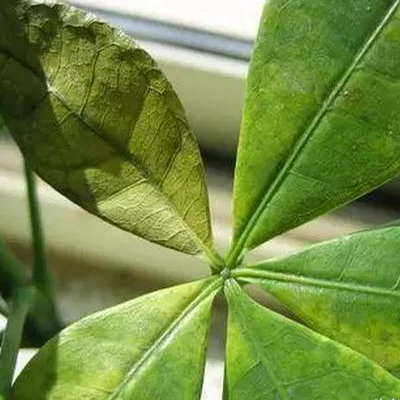Physiological characteristics Learn more about Physiological characteristics
-
Introduction of physiological characteristics of fattening pigs

(1) according to the physiological characteristics of fattening pigs, the growth process of fattening pigs is generally divided into two stages: 250kg for the early stage of fattening and 60kg for the late stage of fattening. The picture shows: sows (2) physiological characteristics of fattening pigs
2020-11-27 Physiological characteristics introduction fattening fattening pigs -
Digestive physiological characteristics of calves

Digestive physiological characteristics of calves
2020-02-15 -
Physiological characteristics of watermelon

Physiological characteristics of watermelon
2020-02-04 -
Physiological characteristics of the latest watermelon

Watermelon is a kind of fruit that everyone likes to eat very much, which is rich in nutrients, so its nutritional value is also very high. And now the planting area of watermelon in our country is also very large, basically planted in all parts of our country. Growing watermelons
2020-11-10 The latest watermelon physiology characteristics is a kind everyone -
What are the digestive physiological characteristics of donkeys?

The digestive physiological characteristics of the donkey: the donkey has hard and developed teeth and flexible upper and lower lips, which is suitable for chewing rough feed. The salivary glands of the donkey are well developed and can be softly digested by 4 times as many saliva bubbles per 1 kg of forage. The donkey has a small stomach, which is only 1/15 of that of a calf. The cardiac sphincter of the donkey stomach is well developed, while the vomiting nerve is underdeveloped, so it is not easy to feed feed that is easy to produce gas by glycolysis, so as not to cause stomach dilatation. The chyme stays in the stomach for a short time. When the chyme in the donkey's stomach reaches 2/3, with the continuous intake of food, the contents of the stomach will continue.
2019-01-16 -
Physiological characteristics of guinea pigs

Physiological characteristics of guinea pigs
2018-07-04 -
Physiological characteristics and key points of feeding and Management of Piglet

Physiological characteristics and key points of feeding and Management of Piglet
2018-07-14 -
Physiological characteristics of broiler breeder chickens during breeding period

Physiological characteristics of broiler breeder chickens during breeding period
2018-07-11 -
Physiological characteristics of strong seedlings of watermelon

Physiological characteristics of strong seedlings of watermelon
2018-07-24 -
Dying Organs and Physiological Characteristics of Female Foxes

Female reproductive organs are composed of ovary, oviduct, uterus, vagina and external reproductive organs (vulva). The external genital organs include the vestibule, labia and clitoris. Female foxes ovary located in the third and fourth lumbar, grayish red, oestrus ovary length 2 cm, width 1. 5 cm; oviduct length 5-7 cm. The ovaries and fallopian tubes are covered with adipose tissue. The cervix protrudes into the vagina. The vagina is 6-8 cm long, connected to the cervix at the front and to the reproductive vestibule at the rear. The vestibule has two more developed processes.
2019-01-16 -
Reproductive organs and physiological characteristics of female Fox

The reproductive organs of female foxes are composed of ovaries, fallopian tubes, uterus, vagina and external reproductive organs. The external reproductive organs include the vaginal vestibule, labia and clitoris. The female fox ovaries are located at the third and fourth lumbar vertebrae, the posterior edge of the kidney. The left ovary is more anterior than the right ovary. The ovaries are flat and grayish red. During estrus, the ovaries are 2 cm long and 1 wide. 5 cm; fallopian tube length 5-7 cm. The ovaries and fallopian tubes are covered with adipose tissue. The uterus is a double horn uterus, and the uterine horn and uterine body are suspended by the broad ligament of the uterus.
2019-01-16 -
Changes of characteristics of cultured Pelteobagrus fulvidraco and its relationship with feed

Changes of characteristics of cultured Pelteobagrus fulvidraco and its relationship with feed
2018-07-11 -
Strengthen the drinking water management of pigs

To strengthen the drinking water management of pigs, to supply adequate drinking water according to the physiological characteristics of pigs, to meet the water needs of growth and development, especially for fattening pigs, water management should be strengthened. The specific methods are as follows: 1. Set up a drinking sink. In order to meet the drinking water needs of pigs and avoid all the disadvantages caused by insufficient drinking water, pig farmers should drink water to pigs at least 4-5 times a day. It is best to set up a special drinking tank in the pig house or activity field to allow pigs to drink water freely to meet the water needs of pig growth and development. two。 According to the physiological characteristics of pigs
2019-01-16 -
Special Topics on Orchid Diseases and insect pests

Look at the special topic of orchid diseases and insect pests and treat the disease "two".
2018-04-02 -
The construction of orchid cultivation greenhouse should be in accordance with local conditions

The construction of orchid cultivation greenhouse should be in accordance with local conditions
2019-08-08 -
What are the potash fertilizers?

What are the potash fertilizers? What are the characteristics? Also ask netizens to help introduce common potash fertilizers are usually potassium sulfate, potassium dihydrogen phosphate and potassium chloride, the following characteristics of potash fertilizer arranged by the planting network for netizens' reference. The characteristic of potassium sulfate: it belongs to physiological acid fertilizer, which is generally used as base fertilizer and topdressing fertilizer.
2018-07-11 -
Control of physiological Diseases of Pleurotus ostreatus

Pleurotus ostreatus has the characteristics of wide adaptability, strong stress resistance, wide sources of cultivation raw materials, simple cultivation techniques and high economic benefits. The production of Pleurotus ostreatus has developed rapidly in our county in recent years, but it often produces a variety of non-infectious physiological diseases due to poor management, resulting in a reduction in production and directly affecting the economic benefits of Pleurotus ostreatus production. Based on years of practical experience in production, we summarized several main physiological disease symptoms and control techniques that often occur in the production of Pleurotus ostreatus. The mycelium grows excessively in the production of Pleurotus ostreatus, and the mycelium is often dense because of the excessive growth of hyphae.
2019-01-16 -
What are the symptoms of flower diseases?

Flowers, this is a lot of people like farming, but when flowers are sick, it is a headache, what are the symptoms of this flower physiological disease? What are the symptoms of flower physiological diseases: the first is leaf discoloration. Leaf color becomes light, or yellow or white
2019-01-25 -
Ratooning rice becomes food security technology reserve

Many years practice shows that ratooning rice is a resource-saving and high-efficiency rice farming system, which is beneficial to improve the comprehensive production capacity of paddy field and improve the multiple cropping index of paddy field. In recent years, nearly 100 thousand mu of ratooning rice has been planted in Youxi County, Fujian Province, with an average yield of 6 mu per mu in the first season
2016-03-20 ratooning rice becoming grain security technology reserves years of practice -
Phenological characteristics and management points of red bayberry in April

Phenological characteristics and management points of red bayberry in April
2018-07-14
